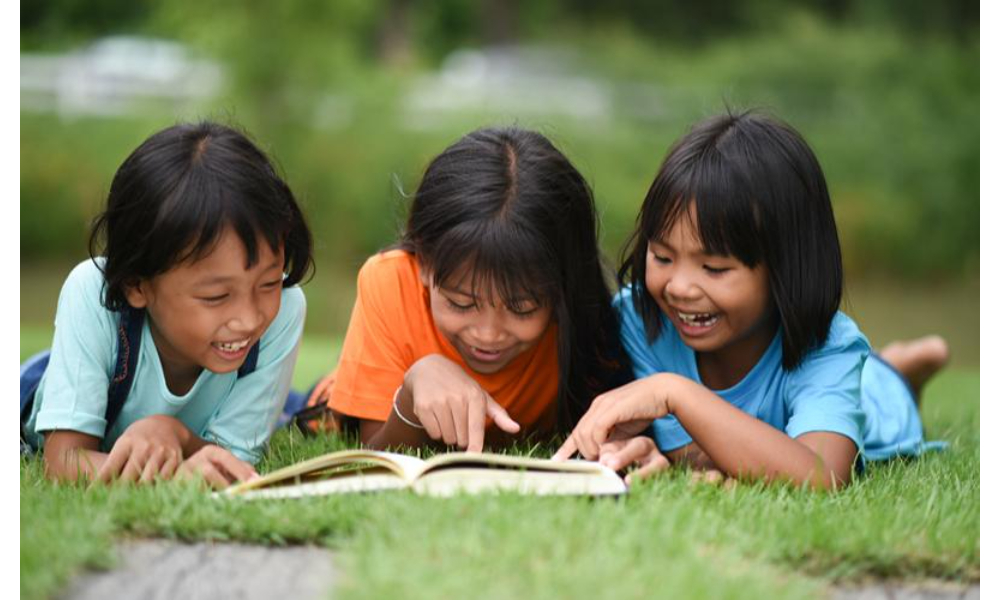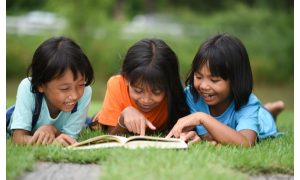Singapore’s multicultural environment makes bilingualism crucial for early education. For many families, enrolling children in a bilingual preschool offers more than just academic benefits. It is a way to connect with culture, build communication skills, and prepare for global opportunities. Early exposure to two languages at a bilingual preschool in Singapore helps children develop fluency naturally through daily interactions, songs, and play-based activities. For parents considering this path, knowing how bilingual programmes work and their benefits can make all the difference in choosing the right preschool.
How Bilingual Preschools in Singapore Shape Learning
A bilingual preschool in Singapore typically uses both English and a second language, most often Mandarin. This balanced approach helps children learn vocabulary, sentence structure, and pronunciation in a natural setting. Instead of memorising words, children learn through repetition and context, such as storytelling, games, or songs. This helps them internalise language patterns while making lessons engaging.
Bilingual education nurtures problem-solving and multitasking skills. Studies have shown that children who grow up learning two languages demonstrate stronger memory, focus, and cognitive flexibility. In Singapore’s education system, where bilingual proficiency is highly valued, developing these skills early gives children a smoother transition into primary school, where both English and Mother Tongue subjects become core components of learning.
The Importance of Chinese for Preschoolers
In many bilingual schools, Chinese for preschoolers is taught in immersive and interactive ways to make learning enjoyable. Instead of traditional rote learning, children engage in activities such as storytelling, music, and art to associate Chinese words with everyday experiences. These techniques build confidence and curiosity while strengthening comprehension and verbal communication.
Early exposure to Chinese also cultivates cultural understanding. Through festivals, songs, and traditional crafts, children learn about heritage and values associated with the language. As they grow, this familiarity gives them an advantage in school and strengthens their appreciation for Singapore’s cultural diversity. Parents who encourage consistent use of Chinese at home reinforce what their children learn in school and help maintain language retention.
Social and Cognitive Benefits of Bilingual Education
Enrolling your child in Chinese for preschoolers enhances social adaptability and empathy. Learning in a multicultural setting allows children to interact with peers from different backgrounds, helping them develop respect for diversity and effective communication skills. These early experiences shape how children form friendships and express themselves, building emotional resilience and confidence.
Cognitively, bilingualism enhances brain development by stimulating multiple areas responsible for attention and decision-making. Children who switch between two languages tend to perform better in memory tasks and show greater creativity. Over time, this translates to better problem-solving abilities, adaptability, and academic performance, which are qualities that extend far beyond the classroom.
Choosing the Right Bilingual Preschool
Selecting a bilingual preschool in Singapore requires finding an environment that aligns with your child’s personality and learning style. Schools like Raffles Kidz International offer bilingual programmes designed to balance language exposure and holistic development. Parents should look into how lessons are structured, whether both languages are integrated throughout the day, and how teachers encourage communication between students.
It’s also important to observe the classroom environment. A good bilingual preschool creates opportunities for spontaneous language use, from playtime conversations to group storytelling sessions. Teachers trained in both English and Chinese can guide children through immersive lessons without making language learning feel forced. Parents can also ask about how the school supports families in continuing language use at home, ensuring long-term progress and confidence in both languages.
Conclusion
Bilingual education gives children a head start in communication, cognitive growth, and cultural awareness. A bilingual preschool in Singapore provides the ideal foundation for these skills by introducing English and Chinese for preschoolers in ways that feel natural and engaging. When supported by parents and educators alike, this early exposure builds confidence and curiosity that benefit children well into their academic journey. For parents seeking to nurture bilingual and culturally aware learners, choosing the right preschool is one of the most meaningful investments they can make. Ultimately, embracing bilingual education early empowers children to thrive in a diverse, globalized world.
Give your child a strong bilingual foundation. Contact Raffles Kidz International to explore the immersive English and Mandarin programmes.






More Stories
How to Summarize Articles for School More Effectively
5 Benefits of Collaborative Learning at University
Why Sec 3 Students Struggle with Physics and How Tuition Can Help